If you want a new and improved Galaxy Watch 4 in 2024, Samsung has you covered. It might have a new name, but that's what the Galaxy Watch FE is. It tries to balance the classic Galaxy Watch design DNA with some excellent health-tracking metrics at a reasonable price, but there are many other more capable smartwatches (including from Samsung) that offer better battery life, improved activity tracking, and larger displays, and often for around the same price on sale.
Samsung’s mid-range Fan Edition series is really good… except when it’s not. For every Galaxy S20 FE and Galaxy Tab S9 FE that came along and impressed us, we got a Galaxy Tab S7 FE with poor performance (and an even worse 5G-ready model) or a Galaxy S21 FE — a fine enough phone but showed up way too late, and offered too little in the process. More recently, though, Samsung has been expanding its fan-focused offerings to include earbuds and wearables, hoping to build an entire Galaxy FE ecosystem. After spending several weeks with its debut Galaxy Watch FE, though, I’m not sure that Samsung is on the right track with its first foray into FE-branded smartwatches — and here’s why.
The case for a bigger case
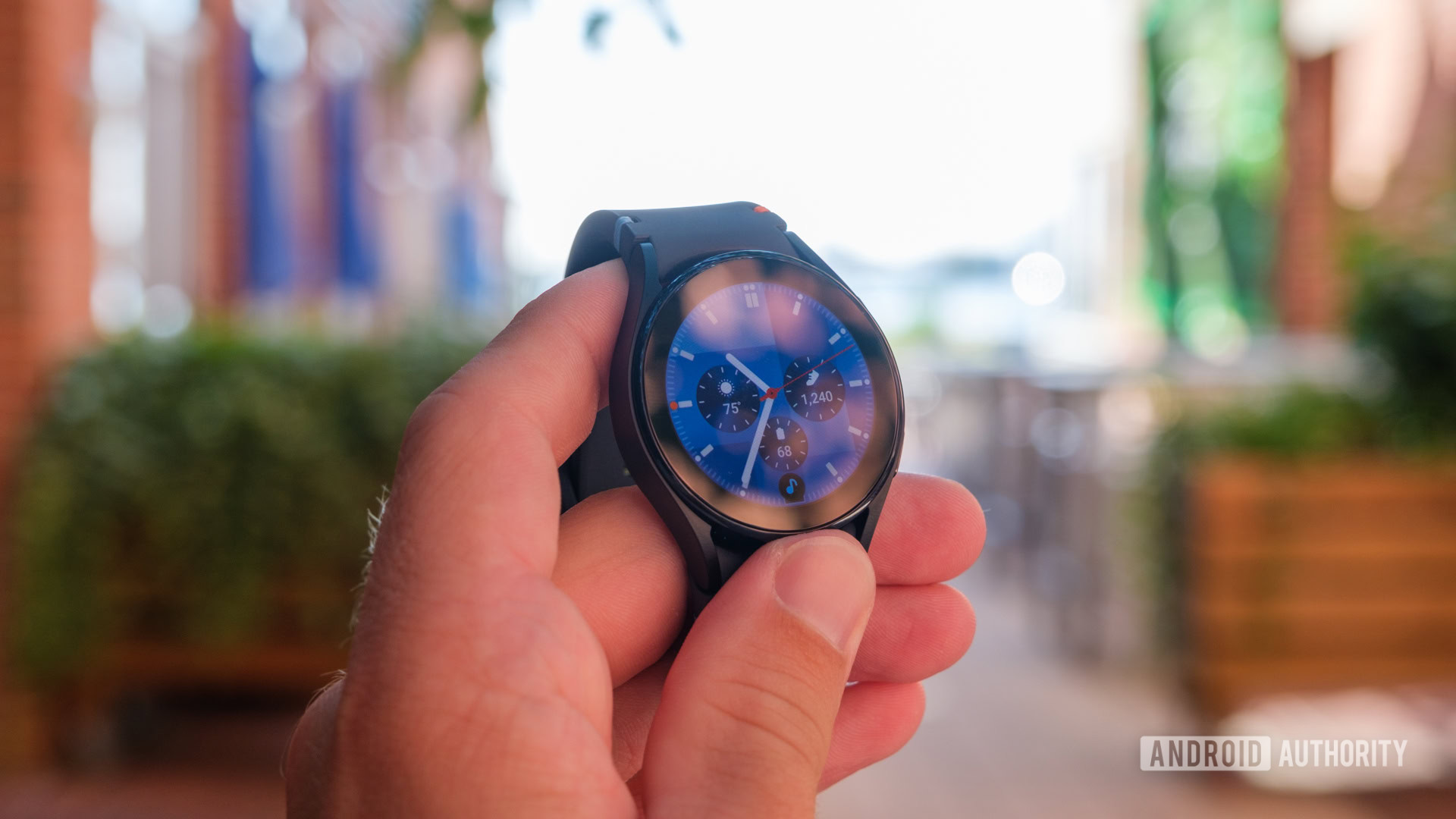
Ryan Haines / Android Authority
The Galaxy Watch FE puts me in a tough spot right out of the box. On the one hand, I like that it’s small, coming in a singular 40mm case. And yet, I’ve realized that its tiny body might be the one thing that holds it back most. It has the smallest battery we’ve seen on a Galaxy Watch in a few years, and it’s paired with the smallest display and thickest bezels I can remember using on a modern smartwatch.
In fact, the Galaxy Watch FE feels a lot like a Galaxy Watch from a few years ago, just given a new name and brought into 2024 — because that’s what it is. Its dimensions, down to the last millimeter and pixel, perfectly match Samsung’s smaller Galaxy Watch 4. It’s not just the exterior, either — the Galaxy Watch FE is the same as the 40mm Galaxy Watch 4 under the hood. You get the same tiny 247mAh battery and Exynos W920 chipset that Samsung rolled out three years ago, but they’re expected to compete against a new world of wearables. At least it’s running Wear OS 4 to match the Galaxy Watch 6, but even that’s now a whole version out of date with Wear OS 5 now out.
Galaxy Watch FE walks like a Galaxy Watch 4 and talks like a Galaxy Watch 4 because it is a Galaxy Watch 4.
Don’t get me wrong, we liked the Galaxy Watch 4 quite a lot when it launched in 2021, but that’s when it was cutting edge. Since then, Samsung’s design has grown slightly to fit a bigger battery and display with smaller bezels, making its recent smartwatches much easier to use. And no, I wasn’t expecting a Fan Edition launch to compete with a flagship — that’s not what the series is for — but I don’t think I was expecting this much of a gap, either.
Unfortunately, the pint-sized battery holds a pint-sized charge, barely making it 24 hours before it needs a charge. If I go to bed with anything less than 30% remaining on my Galaxy Watch FE, I’m guaranteed to wake up to a dead watch — or at least a watch with extreme power saving turned on. Maybe I could stretch my battery life a bit by turning off the always-on display or tweaking my GPS tracking settings, but I’d rather not have to give up parts of a budget-friendly watch to get a decent day of usage.
For what it’s worth, I do still like Samsung’s classic Galaxy Watch design, even reheated in 2024. I like the fact that the Galaxy Watch FE has consistent bezels and a touch-based digital bezel. I like that it has revamped quick-release 20mm watch bands that are easy to swap in and out. I even like Samsung’s two-button navigation rather than adding a digital crown to scroll up and down — even if the buttons sometimes take more than one press to respond. The Galaxy Watch FE is a good-looking smartwatch, but it’s showing its age.
Maybe the real reason that I’m not convinced by the Galaxy Watch FE is because it doesn’t follow the usual Fan Edition trend. Samsung’s recent mid-range launches, like the Galaxy S23 FE and Galaxy Tab S9 FE, have come with at least something to differentiate them from the standard models. Samsung gave the Galaxy S23 FE a Snapdragon 8 Gen 1 chipset, a larger display than the base Galaxy S23, and Gorilla Glass around an aluminum frame to make it worthwhile. The Galaxy Tab S9 FE grabbed a six-month-old Exynos 1380 chipset and an IP68 rating at a fraction of the cost of the Galaxy Tab S9, too. You could potentially call the Galaxy Watch FE’s Sapphire Crystal display and IP68 rating its value-adding tweaks, but I would have liked to see more in areas where it really matters like battery life and activity tracking. Speaking of…
The trouble with fitness tracking
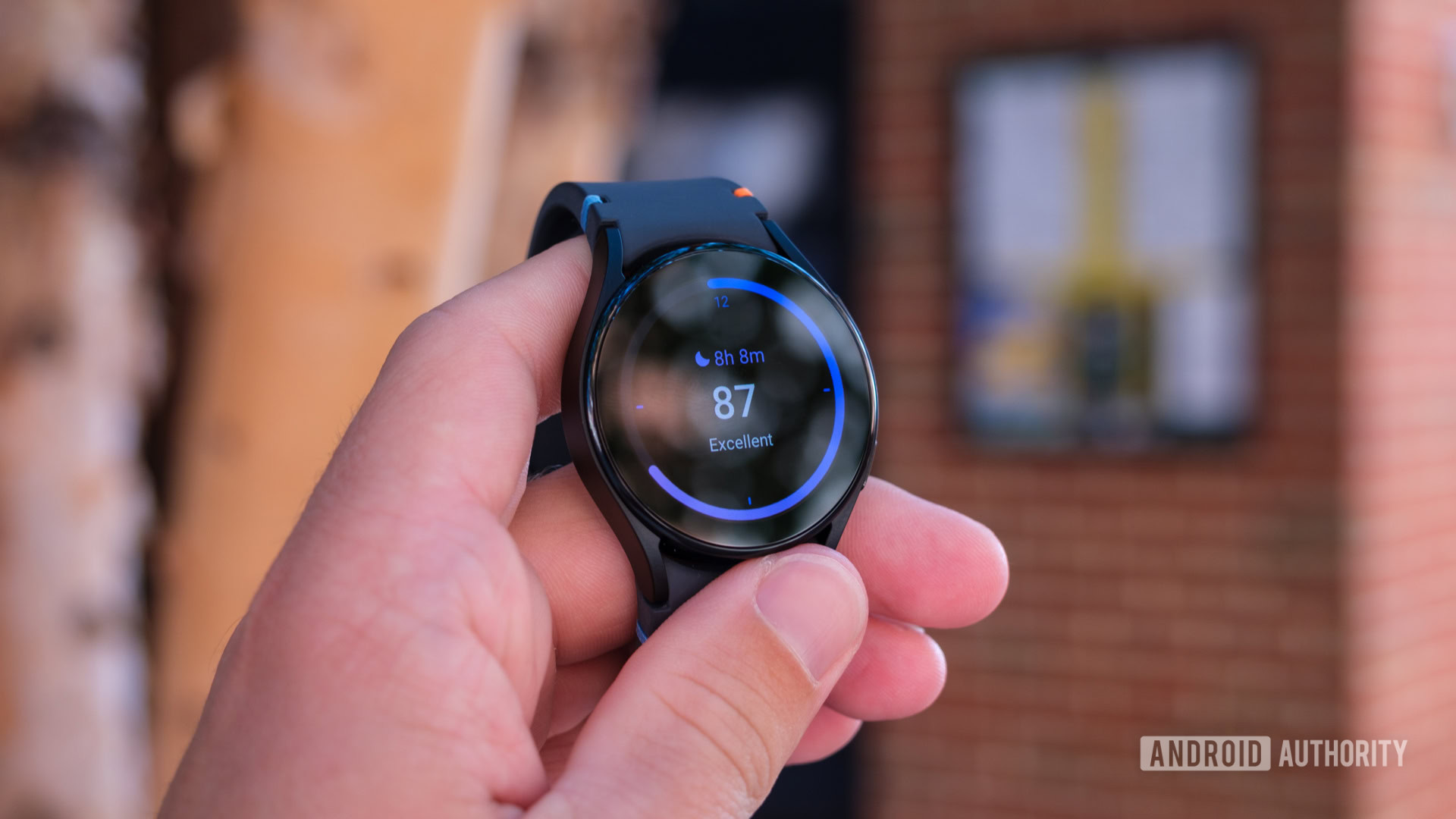
Ryan Haines / Android Authority
Samsung also bills its Galaxy Watch FE as an affordable way to start your fitness journey, which is… ambitious. Yes, it offers automatic activity tracking for things like runs and walks, but the smaller battery, older chipset, and budget-conscious sensors are once again limiting — at least for an already-avid runner like me. Samsung’s streamlined approach is probably perfect as you start to run, but as you reach for longer miles and want more in-depth information, you might find yourself back on the market for a better fitness tracker with a much longer battery life.
To show you what I mean, I strapped the Galaxy Watch FE on one wrist and my trusty Coros Pace 3 (which only costs $30 more) on the other and headed out for an eight-mile run. Honestly, the basics were pretty good. Both watches were about even in terms of logging my distance and reasonably close in terms of monitoring my heart rate — which is the bare minimum you can hope for from a running watch. The Galaxy Watch FE skewed a little bit higher throughout my run, usually staying one beat per minute quicker but sometimes jumping to two or three. It’s not perfect, but it’s close for a wrist-mounted sensor.
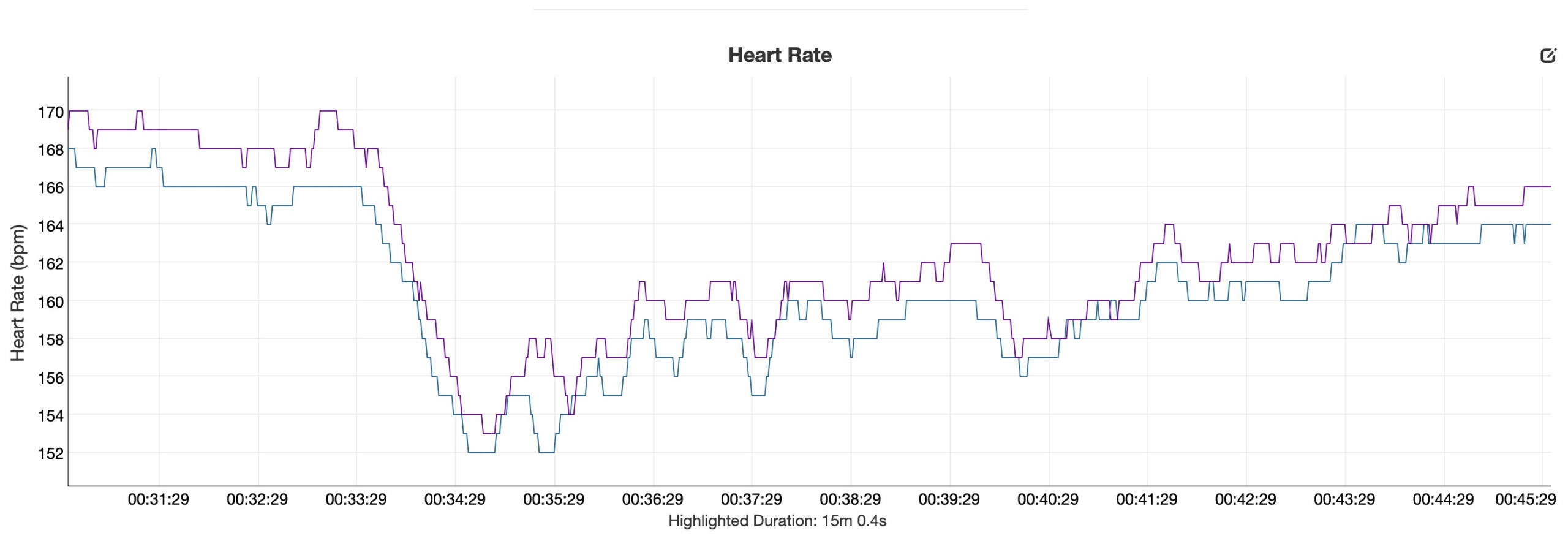
Ryan Haines / Android Authority
As you can see on the map, the two watches had no trouble following me along Baltimore’s promenade. They easily kept me out of the water or inside buildings, only tripping up slightly as I crossed the street at an angle. There’s a small spot where the Galaxy Watch FE cut a corner too tightly on the map, but I’d rather have that than sharp jumps one way or another.
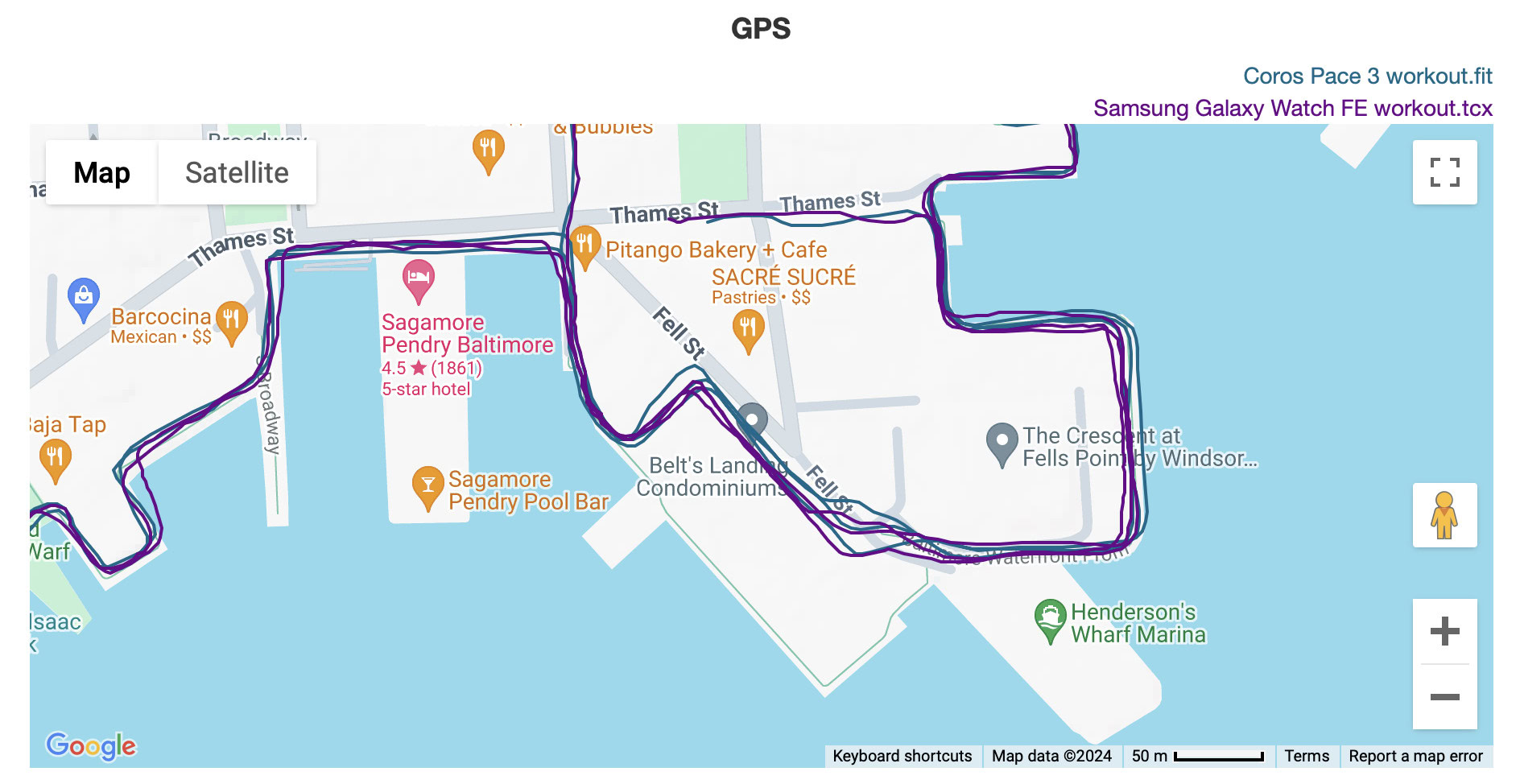
Ryan Haines / Android Authority
When comparing the Galaxy Watch FE to the Coros Pace 3, I run into problems when I look for more specific metrics like cadence and pace. The graphs below show incredibly confusing numbers from Samsung’s watch, seemingly only measuring in 10-second increments. Strangely, the readouts from the Galaxy Watch FE seem to be correct, with the purple spikes coming pretty close to the Pace 3’s consistent blue line, but the result is that I can’t trust Samsung’s assessment of my average pace across a small section of my run.
Of course, you might look at the graphs and point out that a dedicated GPS watch should always be more accurate than a do-it-all smartwatch. I’d agree with that. However, if you’re about to spend money on a watch to start your fitness journey, you’ll probably want to put it towards a wearable that can grow with you rather than one you’ll need to upgrade before long. My eight-mile run was also brutal on the Galaxy Watch FE’s battery, chugging through nearly 35% of the cell in just over an hour.
The good news, though, is that Samsung’s other tracking metrics are much, much better. It offers advanced running metrics as part of the Samsung Health app, which can measure your running symmetry, contact time, flight time, and more. I’m not entirely sure how it measures the length of time each of my feet is on the ground from a wrist-based reading, but the Galaxy Watch FE seemed generally pleased with my running form. If you’re used to exporting your running data and performing your own analysis, however, as seen above, Samsung’s data becomes a bit harder to make sense of.
The Sleep Score made the cut, but the rest of Galaxy AI is notably absent.
I can also respect Samsung’s Sleep Score, not least because it thinks I’m a good sleeper. The Galaxy Watch FE considers several different metrics when measuring your slumber, including time, physical recovery, mental recovery, and the overall number of sleep cycles. Wear the watch enough nights in a row, and it will offer sleep coaching to help you improve your score.
There are a lot of health features that carry over from more current Galaxy Watch models thanks to the BioActive Sensor, with tracking for ECG, SpO2, body composition, and more (though the temperature sensor is missing). But there’s one significant health-tracking metric missing from the Galaxy Watch FE, though — the Energy Score. Samsung didn’t bring any of the exciting Galaxy AI features that debuted on its Galaxy Watch Ultra to the budget-friendly wearable, meaning that it won’t give you a daily readout of your activity readiness or ways to improve different aspects of your waking health. This isn’t so much of a surprise as a bummer since I’ve begun to check the Energy Score on my Galaxy Watch 7 every day.
None of Samsung’s other Galaxy AI features have made the cut, either, including suggested replies when texting and the ability to create summaries of your voice recordings. The Galaxy Watch FE also skips out on the ability to race against yourself while running or cycling, which feels like an oversight on a fitness-focused wearable. But when you can get all that extra power for just $100 more, any oversight feels like a big one.
Samsung Galaxy Watch FE review verdict: That’s so 2021
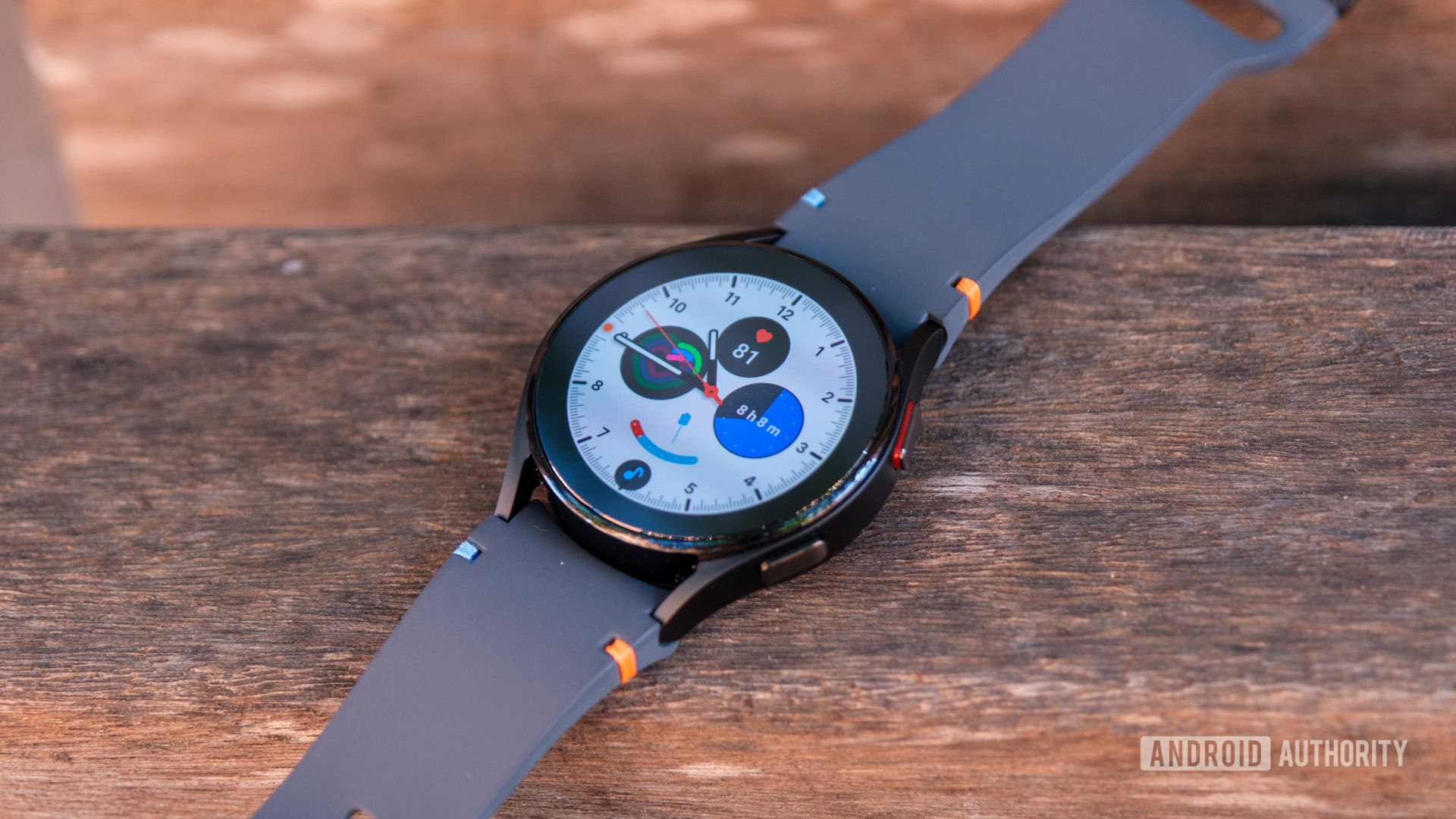
Ryan Haines / Android Authority
Maybe the Black Eyed Peas said it best when they sang, “I’m so three thousand and eight, you so two thousand and late.” I just didn’t realize that they were talking about the Samsung Galaxy Watch FE. It’s a harsh way to look at a budget-friendly smartwatch, but I don’t think it’s unfair in this case. Samsung’s $200 wearable is very clearly a three-year-old smartwatch with a new name, and it leaves a bad taste in my mouth.
To an extent, that new name might be part of the Galaxy Watch FE’s problem. When I see Samsung launch a Fan Edition product, I automatically give it a level of expectations, whether it’s deserved or not. Typically, the FE series sits above the budget realm but below the flagship, offering solid bang for your buck with a few tradeoffs to stay at fighting weight. Maybe Samsung considers those tradeoffs the fact that you get an incredible slate of health-tracking metrics and tons of apps to download, but I’m not sure that they outweigh a battery that barely lasts a day and a 1.2-inch display that’s bogged down by its bezels — at least, not in 2024.
If Samsung called it the Galaxy Watch 4 II, I might understand, but it doesn't feel like a Fan Edition device.
And yet, if Samsung were to drop its Fan Edition name from this budget-friendly smartwatch, I don’t know what else it would call it. I mean, it’s pretty telling that the Galaxy Wear setup process calls it a Galaxy Watch 4 when it prompts you to download software, so that’s always an option: Galaxy Watch 4 II? Or, hear me out: Samsung could bring back the Galaxy Watch Active branding to match its fitness-first mentality. It’s not entirely fair to call it a Galaxy Watch A to match the budget-friendly Galaxy A smartphone series, either, since there are lingering parts of a flagship wearable in there.
If you haven’t noticed, I’m thoroughly confused by the Galaxy Watch FE, and not in a good way. It’s a decent little smartwatch in a vacuum, pairing an approachable price tag with excellent health-tracking features. But, of course, the Galaxy Watch FE doesn’t exist in a vacuum — it exists in a crowded market of Android wearables, many of which offer better value if you know where to look. And like Samsung did, the best place to look is in the not-too-distant past.
The recent launches of the Pixel Watch 3 and Galaxy Watch 7 have made it the perfect time to pick up their predecessors. Samsung’s perfectly capable Galaxy Watch 6 ($299.99 at Samsung) is down to a price that matches the Galaxy Watch FE, yet it offers a bigger display and larger battery. Google’s Pixel Watch 2 ($349.99 at Amazon) is well-positioned, too. It’s a little more expensive than Samsung’s budget-friendly offering, but it offers a slick, pebble-like design and Fitbit-based features that are more accessible across a wider range of Android devices. Even OnePlus has an option in the OnePlus Watch 2R ($229 at Amazon) with a 100-hour battery, Snapdragon W5 chipset, and dual-band GPS. Strangest of all, Samsung will even sell you a Galaxy Watch 4, complete with the same $200 price tag, but do yourself a favor and get something a little newer.
If the Galaxy Watch FE gets discounted to the $100-$150 mark, then you feel a little more willing to live with the trade-offs, but it shouldn’t take a price reduction for me to feel like I could call myself a fan.

Samsung Galaxy Watch FE
Sapphire Crystal glass • Powerful health and fitness tracking
Simple hardware, powerful features
Samsung's latest health and fitness monitoring experience is coming to a more affordable smartwatch, the Galaxy Watch FE. The 1.2-inch watch includes dozens of health features, powered by the Samsung BioActive Sensor.

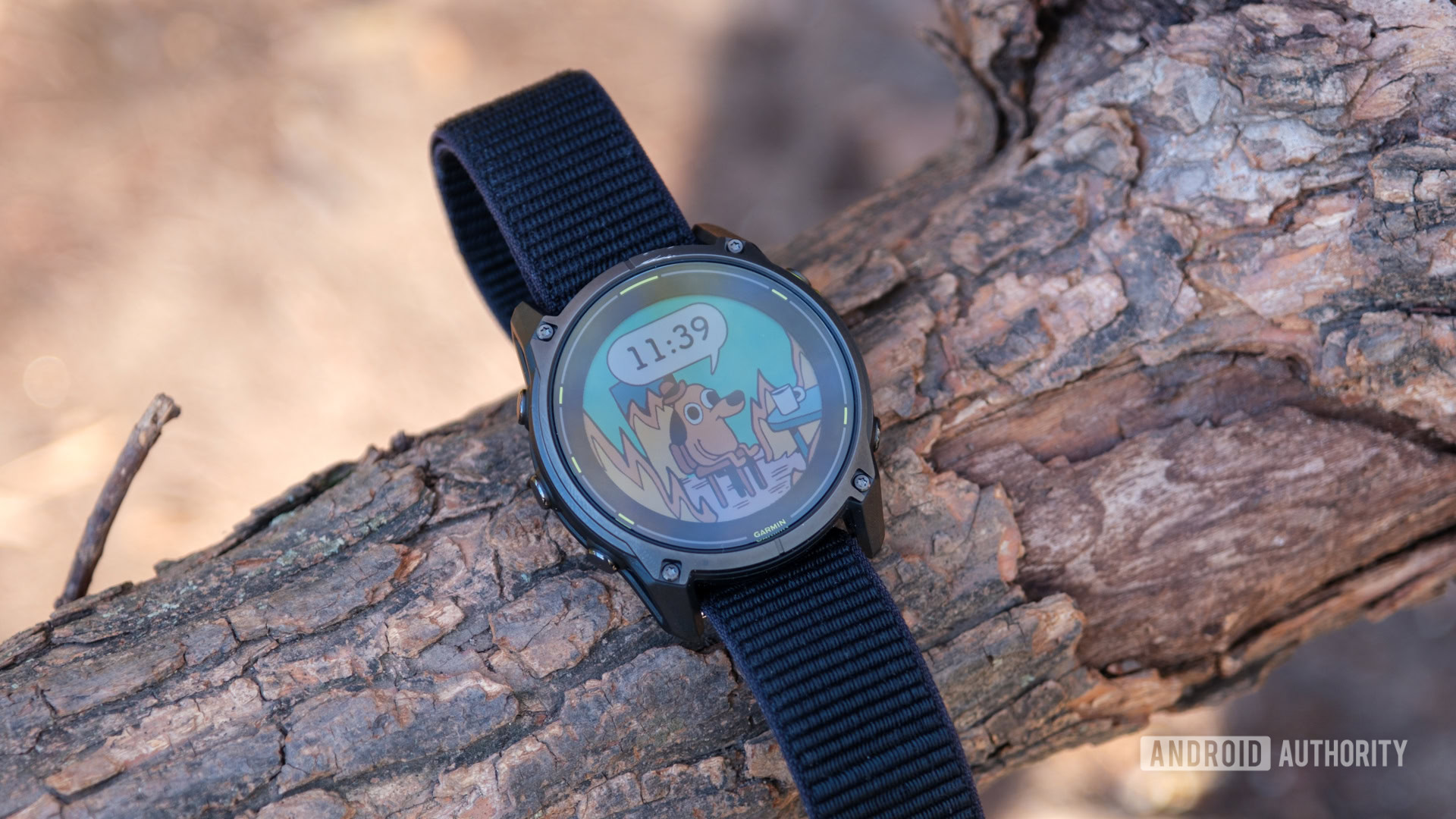
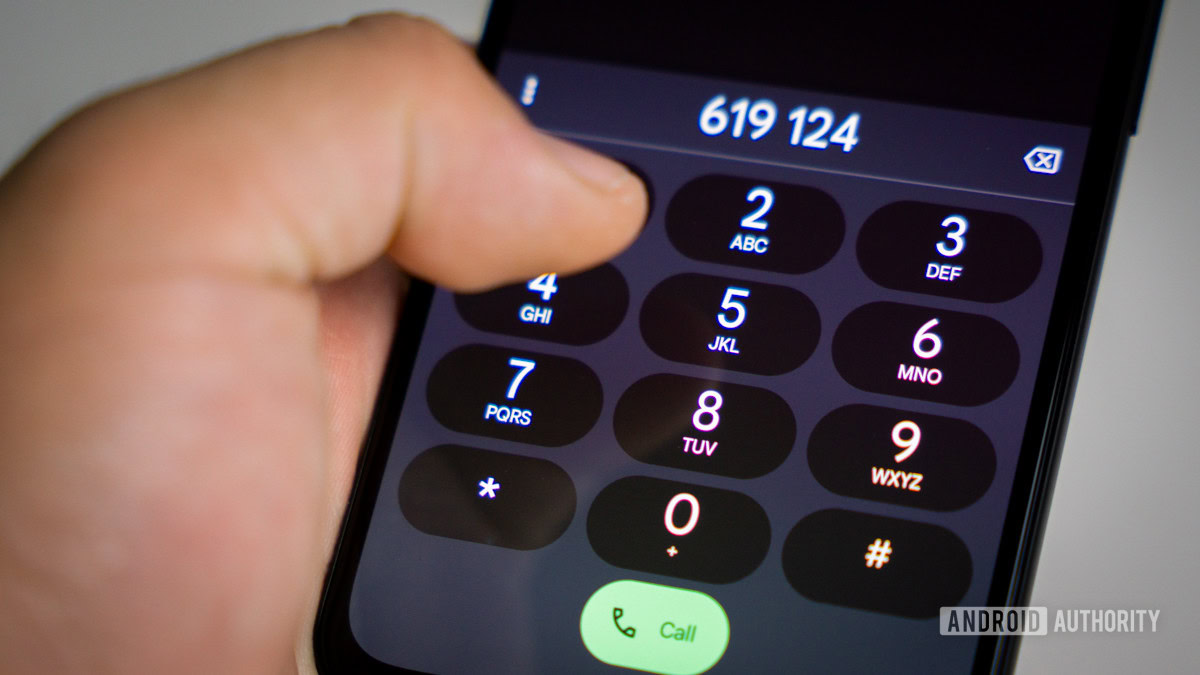




 English (US) ·
English (US) ·